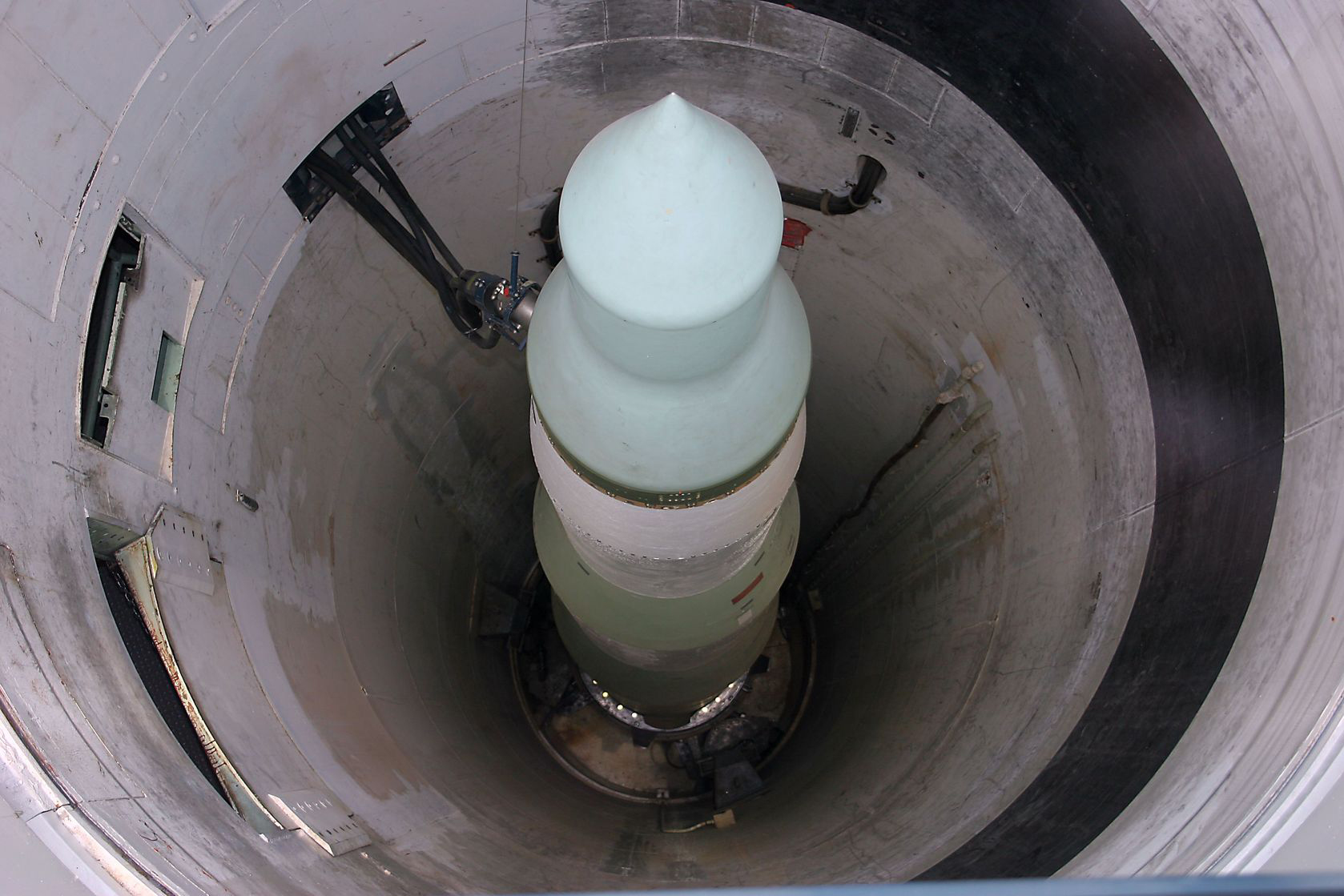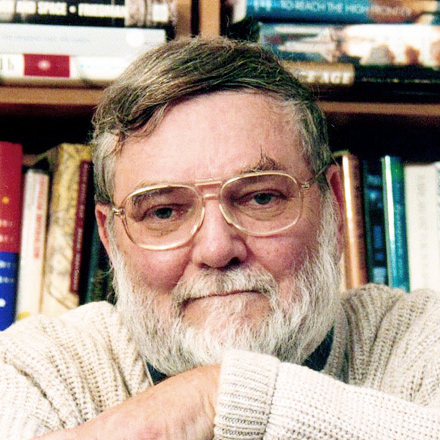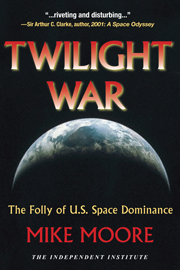Here’s a life-or-death issue that has not been touched upon—much less explored—during this presidential campaign season: The president of the United States and the president of Russia have the theoretical power to destroy modern civilization, albeit by “mistake.” We tend to forget that.
Hardly anyone these days talks about nuclear weapons, unless the names of China, North Korea, Iran, Israel, India or Pakistan are in the subject line. In the nuclear-weapons world, though, those nations are located deep in the minor leagues. They don’t play in the big league with the U.S. and Russia.
Russia has about 7,000 nuclear weapons, “tactical” and “strategic,” in various states of readiness. Does that surprise you—25 years or so after the end of the Cold War? The United States has a similar assortment of about 7,000 weapons. About 1,700 or so U.S. weapons are preprogrammed to hit Russian targets. Russia has about the same number targeted at us.
By treaty, U.S. and Russian nuclear forces are roughly balanced. Neither side wants a nuclear war. We exchange nuclear-weapon info, and we are parties to the Open Skies Treaty, which gives each of us the right to fly over the other nation’s nuclear weapons sites. Observation flights and the exchange of information build confidence.
And yet, a collective arsenal of 14,000 nukes is a little worrisome, isn’t it? Consider that it takes only a few hundred nuclear warheads at most to effectively destroy a nation’s infrastructure and kill hundreds of thousands of people, perhaps millions. And consider that the U.S. and Russia could each fire several hundred nuclear-tipped missiles within minutes if a valid “launch” order were issued.
Presidential candidates like to say that “the first job of the American president is to keep our country safe.” But no candidate has related that assertion to the hundreds of nuclear weapons on ready alert. The “keep us safe” trope focuses on preventing acts of domestic terrorism.
Don’t misunderstand. It is necessary to prevent acts of terrorism. But I suggest that the ultimate act of terrorism would be mushroom clouds and firestorms springing up across our land during a few hours of nuclear madness. An improbable scenario, yes. But it could conceivably happen if things got seriously out of hand.
Dwight Eisenhower knew the horrors of war better than any modern president. He focused considerable presidential energy on trying to work with Nikita Khrushchev to ratchet down the Cold War and the possibility of instant annihilation. He did this at a time when some of our nation’s top military brass argued the virtues of preemptive war with the Soviets.
President John Kennedy, in contrast, was something of a pugnacious Cold Warrior. His defense secretary, Robert McNamara, even endorsed the idea of putting multiple warheads on a large number of intercontinental ballistic missiles, thus making the Cold War even more dangerous.
Ronald Reagan had some outlandish ideas, particularly “Star Wars,” his idea for a space-based antimissile system. But to his credit, he (and then President George H.W. Bush) worked with Mikhail Gorbachev to bring the Cold War to an end, which greatly dialed down nuclear tensions.
In recent years, the Obama administration has embarked on a program of modernizing our nuclear weapons infrastructure, a venture that will cost hundreds of billions of dollars over the coming decade.
At a minimum, the next occupant of the White House must possess a keen, thoughtful and analytical mind. He or she must be well-versed in history and world affairs. Most important, the American president must be capable of keeping his or her head during a fast-moving East-West crisis, when others are losing theirs.
The president, as commander in chief, has the sole authority to launch nuclear weapons, if he or she thinks it urgently necessary during an intense crisis—the sort of crisis that raises our nukes to their highest alert status. After all, the “fly time” of a Russian missile over the North Pole would be about 30 minutes, which is hardly enough time to consult Congress.
Admittedly, it is very hard to imagine an East-West crisis of such magnitude. U.S.-Russian relations would have to fall to new depths for such a crisis to be conceivable. And yet, the only predictable thing about the future is that it is unpredictable.
Putin is something of a chest-thumper. The two leading GOP candidates, Donald Trump and Ted Cruz, are also chest-thumpers. Given that, it is not difficult to imagine a scenario in which the world’s two leading nuclear weapon states are led by presidents who lack the temperament to handle a rapidly deteriorating confrontation.
In October 1962, Kennedy rose to the challenge during the Cuban missile crisis when many of his top aides and military officers were ready to risk nuclear war with the Soviet Union. But Kennedy had days to work things out. Today, in a worst-case scenario, a president might have hours or minutes to determine the fate of the United States and Russia.
That’s a reality that we need to consider when we finally enter the voting booth in November.









